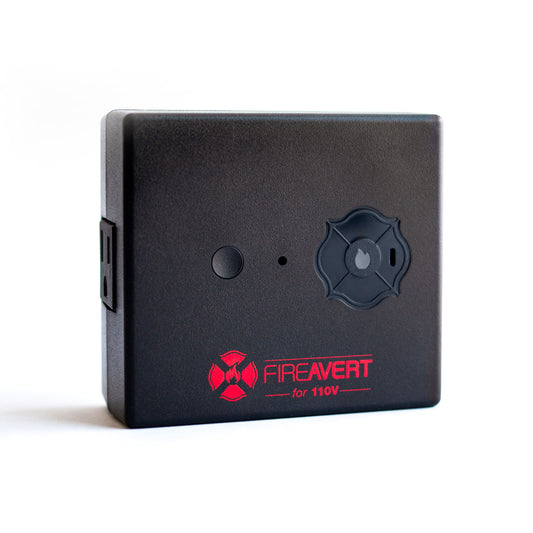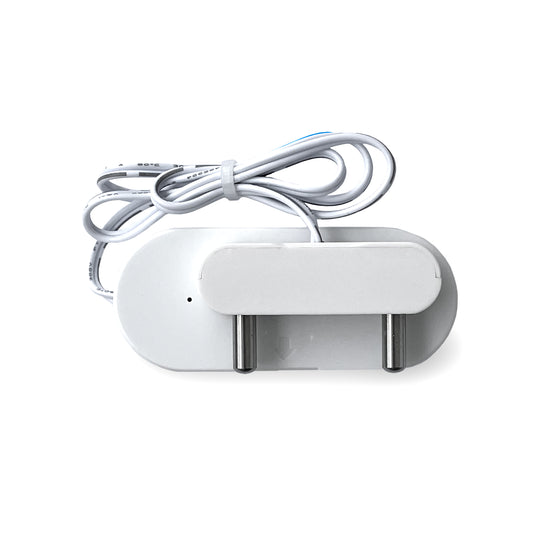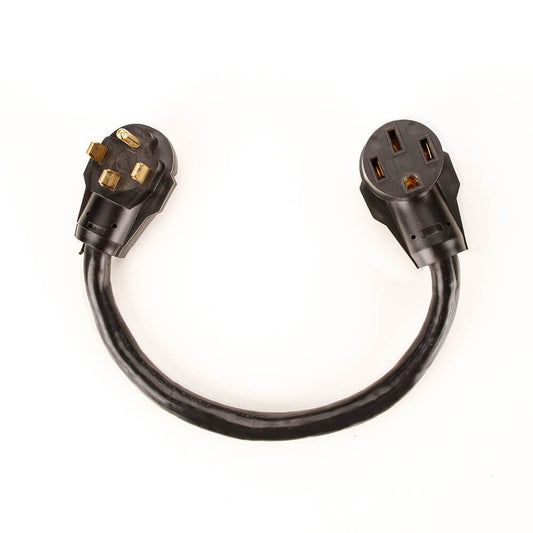The Most Common Fires In Apartment Complexes
Good reporting from the National Fire Incident Reporting System (NFIRS) allows us to actually know the root cause of apartment fires across the country.
In a 2017-2019 report they found that around 106,700 multi-family residential building fires happened each year. Over 100,000 fires each year in apartment buildings is a scary thought as a property manager or a tenant.
These fires caused about 400 deaths a year and over $1.6 billion in property loss. Seeing this data we know that a fire in an apartment building is dangerous, damaging, and possibly deadly.
Preventing these fires is definitely possible, and understanding the most common causes for the fires is an important first step.

The Top Causes of Apartment Fires
- Cooking 74.4%
- Heating 3.9%
- Other unintentional, careless 3.5%
- Electrical malfunction 2.5%
- Open flame 2.4%
- Other heat 2.2%
- Appliances 2.1%
- Intentional 2.1%
Almost 3/4 of these apartment fires come from cooking! Let's dig into that a little deeper.
Common Fires in Multifamily vs. Single Family Buildings
Cooking is also the leading cause of fires in one and two-family residences, but not nearly at the same rate as in multifamily residences.
In fact, at 74%, cooking fires in apartments account for double the share of fires compared to one and two-family residences (37%). While heating was the second leading cause of fires in apartment complexes, it accounted for a much smaller number of fires (at 4%) than in one-and two-family structures (12%).
There are at least a few reasons for this.
One is that multifamily buildings are subject to a more rigorous set of building codes than one and two-family dwellings. There is also an emphasis on preventing electrical problems due to better construction materials and professional maintenance.
The use of central heating systems instead of fireplaces or chimneys also helps reduce the risk of fires in an apartment home. Central heating systems are professionally maintained and inspected regularly in order to help keep them running smoothly and safely.
Additionally, many larger multifamily apartments may also have additional fire safety features such as sprinkler systems and extra smoke detectors installed throughout the structure.
These extra measures create an added layer of protection against both electrical problems and potential fires caused by cooking or heating sources.
How to Prevent Fires in Apartment Complexes
Fire safety is an essential part of maintaining an apartment building and should be taken seriously. Following fire codes, installing fire safety systems—including auto stove shutoff devices—and taking steps to educate tenants can save lives and property.
Adhere to Fire Codes
The National Fire Protection Association (NFPA) has established a code that most of the laws in the country adhere to but fire codes vary from municipality to municipality and depending on the exact building type.
Property owners or managers (particularly those of apartment communities) should take fire codes seriously.

Provide and Maintain Smoke Detectors
Smoke detectors work when particles of smoke enter the device and activate an alarm and should be installed around each unit, including in every sleeping area.
Smoke detectors are a sensor that detects smoke and sounds an alarm. This is a little different than a Fire Alarm, which is an interconnected system of alarms to notify a building when smoke/fire is detected.
Install Fire Alarms
A fire alarm can be critical in fire protection, especially in an apartment complex where large numbers of apartment dwellers need to be notified quickly in the case of an emergency.
National Fire Protection Association has established a code that most of the laws in the country adhere to. You’ll want to consult all applicable fire codes for your specific property but, in general, alarms are typically required in places of assembly, offices, and retail stores.
Consider Smoke Alarm Monitoring Devices
Smoke alarm monitoring devices work by shutting off power to the appliance when smoke alarms are triggered.
They’re great at keeping fires from spreading beyond the cooking area and preventing fires from spreading to the rest of the apartment home, saving you potentially millions in smoke and flame damage.
Install Fire Extinguishers
Having at least one fire extinguisher in every unit of an apartment building is key for fire safety, as they enable residents to effectively tackle fires before the fire department arrives.
Each fire extinguisher should be mounted in easily visible and accessible locations around the building, preferably not higher than five feet off the ground.
Property owners of apartment buildings should make note of the different types of fire extinguishers available, and what each one should be used for:
- Water = suitable to use on fires caused by liquid combustibles like paper, wood and cloth
- Foam = class A and B fires
- Carbon dioxide = used mainly for electrical equipment
- Dry powder = all fire classes.
Furthermore, building management should ensure their building’s fire extinguishers are regularly inspected for efficiency and maintained in working condition in case an emergency arises.
Provide Education
As mentioned above, one of the reasons that fire data varies between one- and two-family homes compared to multifamily structures is that the fire prevention for larger complexes is largely handled by professionals.
The lesson? A little knowledge goes a long way.
After seeing to the items listed above, you might consider providing tenants with additional resources so they’re prepared in the event of a fire.
Fire drills may or may not be practical for your complex but printed materials provided at move-in or mounted inconspicuously within the unit (e.g. inside of kitchen cupboard doors) can provide information that will be helpful in the case of emergency.
Apartment Fire Prevention Checklist
Even something as simple as having maintenance follow a fire safety checklist can prevent costly fires in your apartments. If you want a checklist you can use, download a free copy below.
Downloadable Apartment Fire Prevention Checklist
To keep tenants safe and avoid property damage, fire safety must never be taken lightly.
Check out more fire prevention information below.





